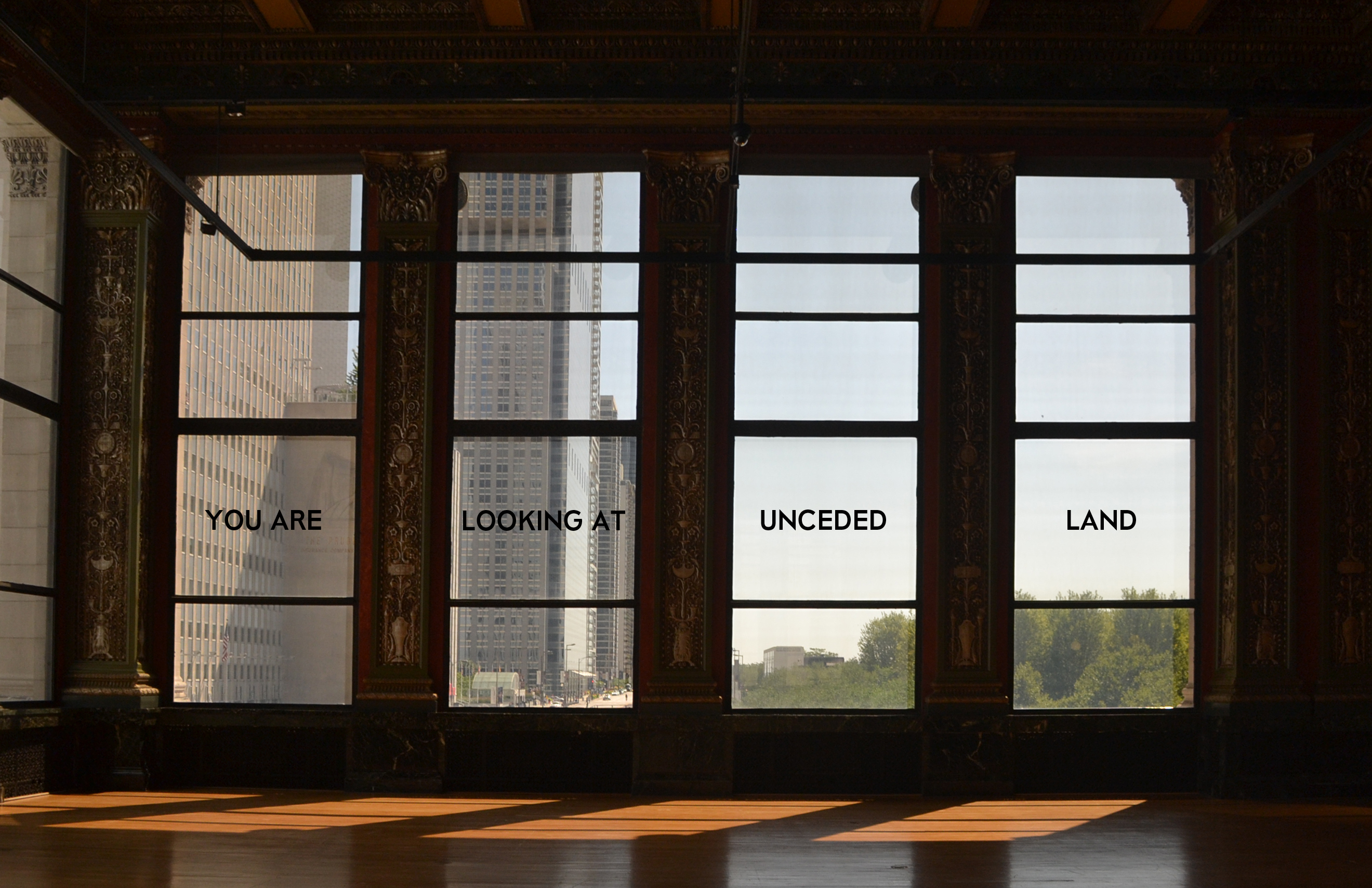Notes
1
In Patrick Wolfe’s well-known words, “settler colonizers come to stay: invasion is a structure, not an event.” See Wolfe, “Settler Colonialism and the Elimination of the Native,” Journalism of Genocide Research 8, vol. 4 (2006).
2
Eve Tuck and K. Wayne Yang have termed these evasions as “settler moves to innocence” that reconcile settler guilt and complicity. Tuck and Yang, “Decolonization is Not a Metaphor,” Decolonization: Indigeneity, Education, Society 1, vol. 1 (2012): 1–40.
© 2020 e-flux and the author
